Major Power Relations
Your Present Location: PROGRAMS> Major Power RelationsDing Gang: China’s opening up won’t follow US roadmap
By Ding Gang Source: Global Times Published: 2016-11-2
On a normal day in 1998, some fishermen off of Billiton Island on the east coast of Sumatra, Indonesia, dived into the waters to harvest sea cucumbers as they did every day.
What the fishermen harvested were not only sea cucumbers, but a stoneware jar covered with sea weed and coral. This marked a prelude to the most fabulous marine archaeological discovery ever made in Southeast Asian sea areas.
Four years ago I got a chance in Singapore to view these treasures salvaged from the wreck of an Arabian dhow called Batu Hitam that has been sunken for over 1,000 years. Among around 60,000 items are wares made of copper, porcelain and gold. A porcelain bowl bears an in1111ion of date "the 16th day of the seventh month of the second year of the Baoli reign," or 826 AD in the Western calendar. That was Tang Dynasty (618-907), the most open period in Chinese history.
According to National Geographic magazine, the discovery was an exhibition of "Made in China" over 1,000 years ago. It showed the Maritime Silk Road trade between two economic engines - the Arab world and China that could be traced to Tang Dynasty.
The magazine said, "Since China first began trading with the world more than 2,000 years ago, it has opened and closed like a clamshell. During the Tang Dynasty the clamshell was wide open and remained so for many centuries. A string of inventions - gun powder, paper, printing, and cast iron - had set China on course to become the world`s leading economic power. Trade with the West had steadily expanded, with Chinese seafarers taking an increasingly dominant role."
Yet a clamshell does close sometimes. Former Chinese leader Deng Xiaoping said nearly 40 years ago that China was completely closed for more than 300 years, from the middle Ming Dynasty to the start of the Opium War. That contributed a lot to China becoming an undeveloped country, and hence we need to open up.
But alongside China`s reform and opening-up there have always been debates over how much China can open to the outside and whether it will open and close like a clamshell. Such doubts often arise when China`s relations with the US and other Western countries get into trouble or China`s development goes in an unexpected direction.
James Mann, former Beijing bureau chief for The Los Angeles Times, wrote in The New York Times last week, "The Chinese regime is not going to open up because of our trade with it. The `China fantasy` amounted to both a conceptual failure and a strategic blunder. The next president will need to start out afresh."
Mann didn`t specify what he means by saying "start out afresh," but we get it by and large. As China is unlikely to become politically compliant with US requirements despite open trade, he suggests the White House take a harsher policy on China.
This involves different standards for opening-up. But due to historical reasons, Americans are unwilling to understand that countries under two varied political systems differ in their pace of opening to the outside world.
If Mann could look at China`s opening-up process with a view to Chinese history that has lasted thousands of years, he may not hold on to the belief that the country would be opening in a real sense only when China goes forward as the US directs.
China won`t go backward. Why would the country return to a closed state after it has heavily benefited from integration into globalization? Given the reform and opening up China is undertaking, the country will not return to the era in which it was like a clamshell any more.
But Mann is right about one thing, that is, in China there won`t be political shifts as some Americans expect. If that started to happen, China would indeed close like a clamshell.
The author is a senior fellow with the Chongyang Institute for Financial Studies at Renmin University of China.
Key Words: China; US; RDCY











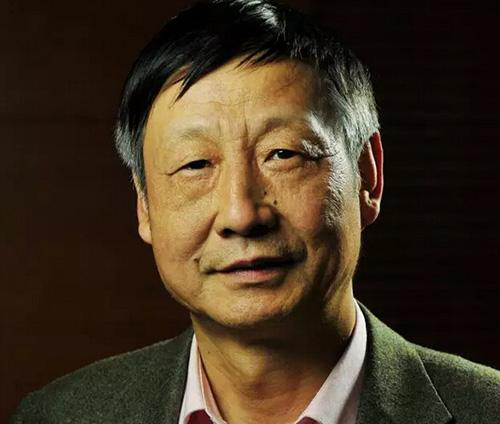
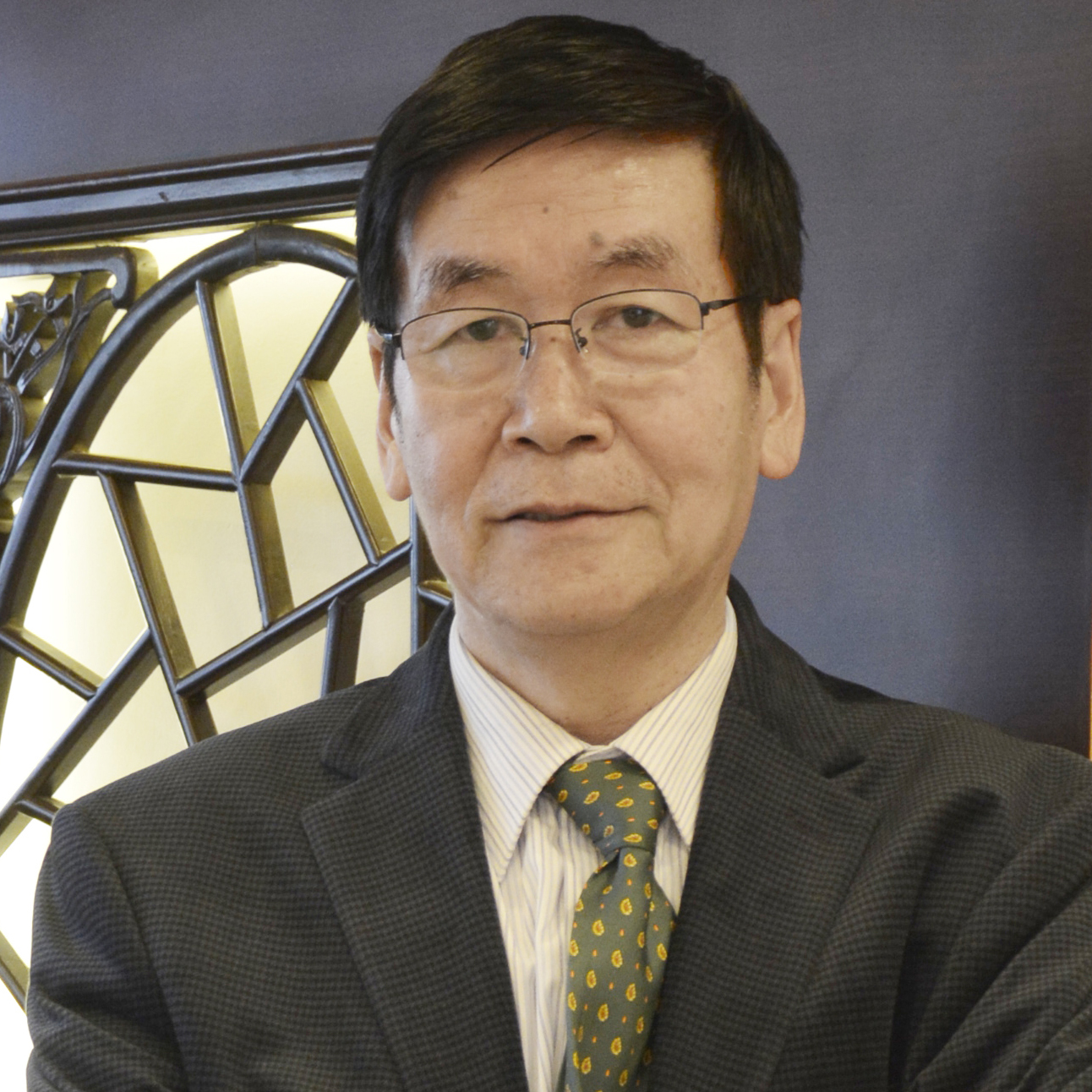


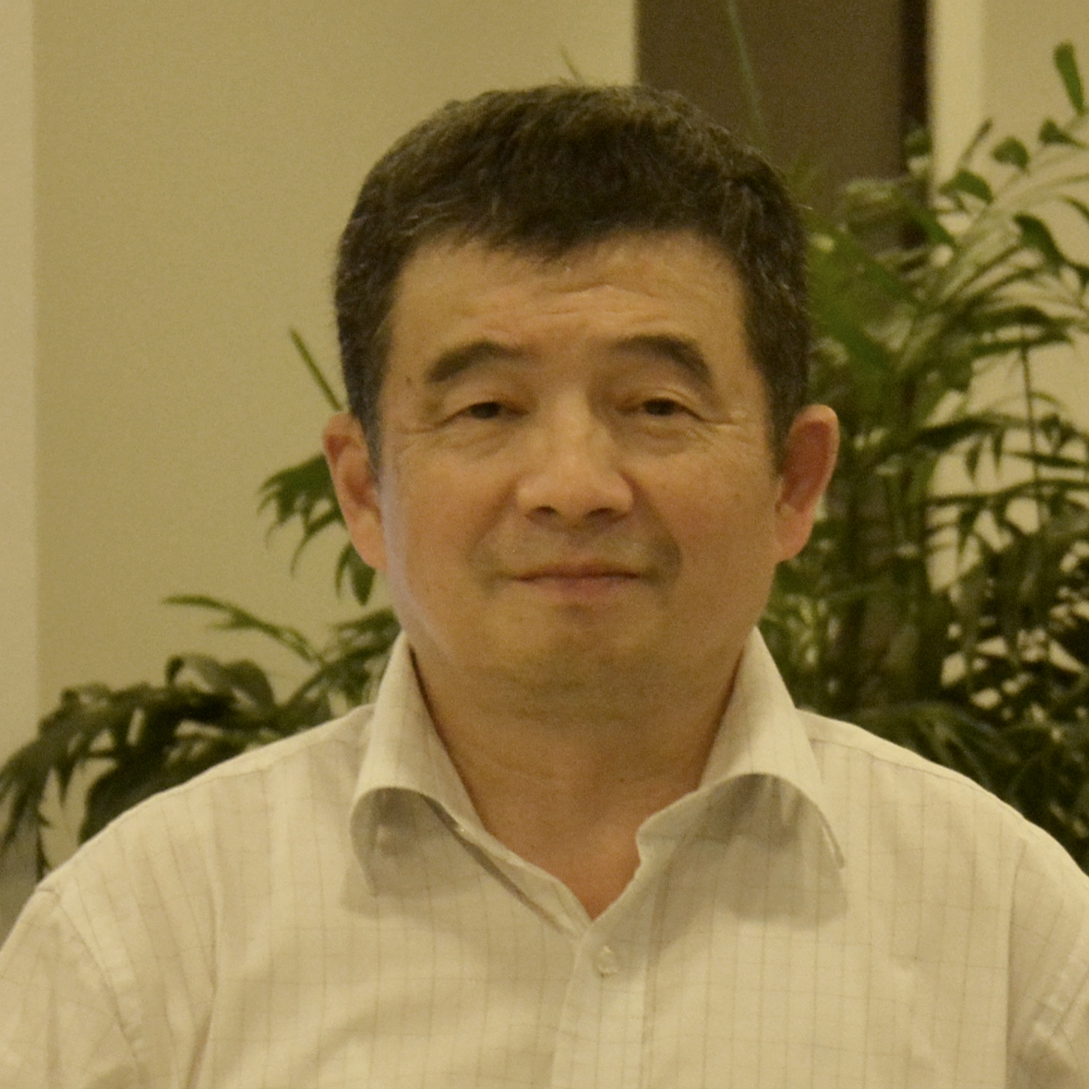
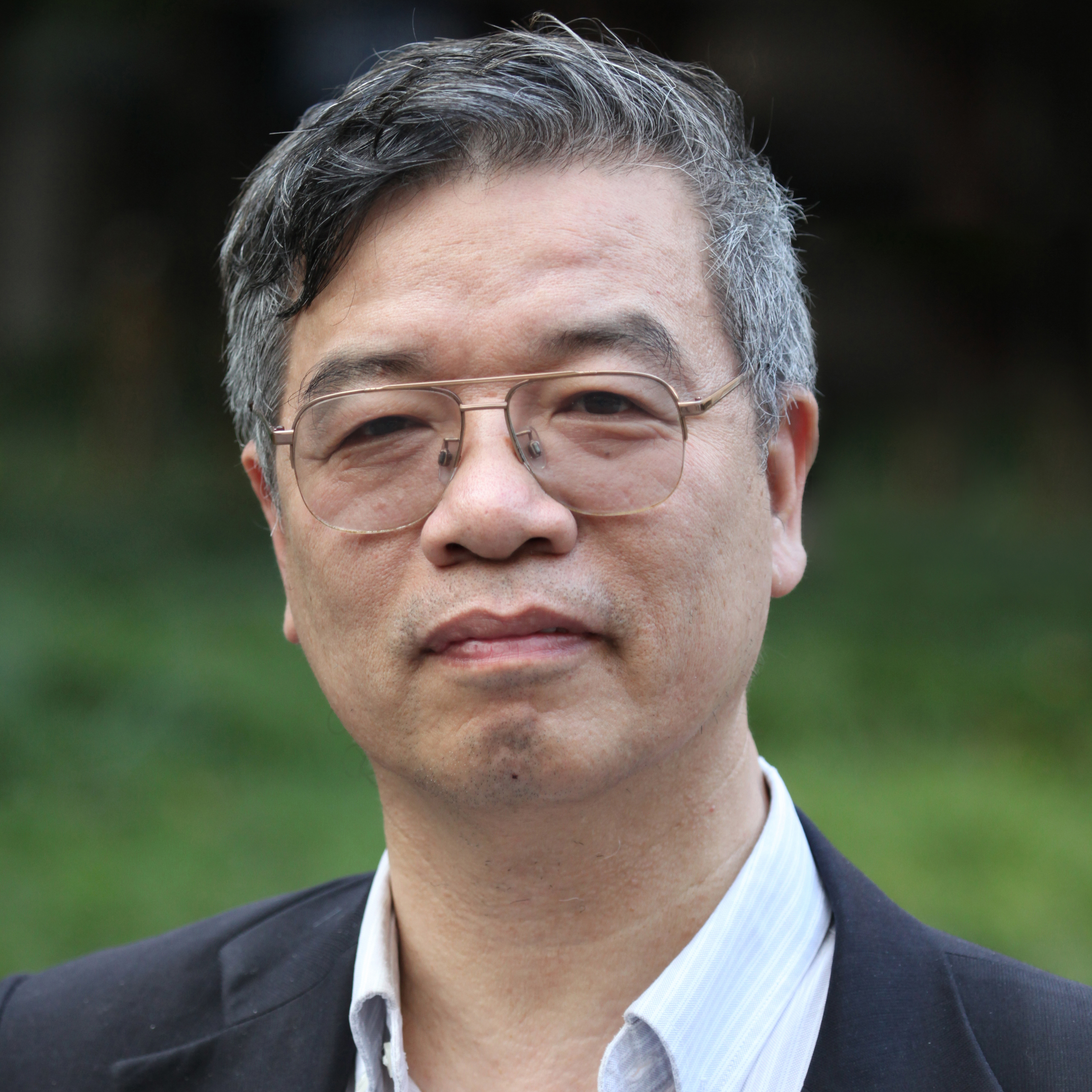

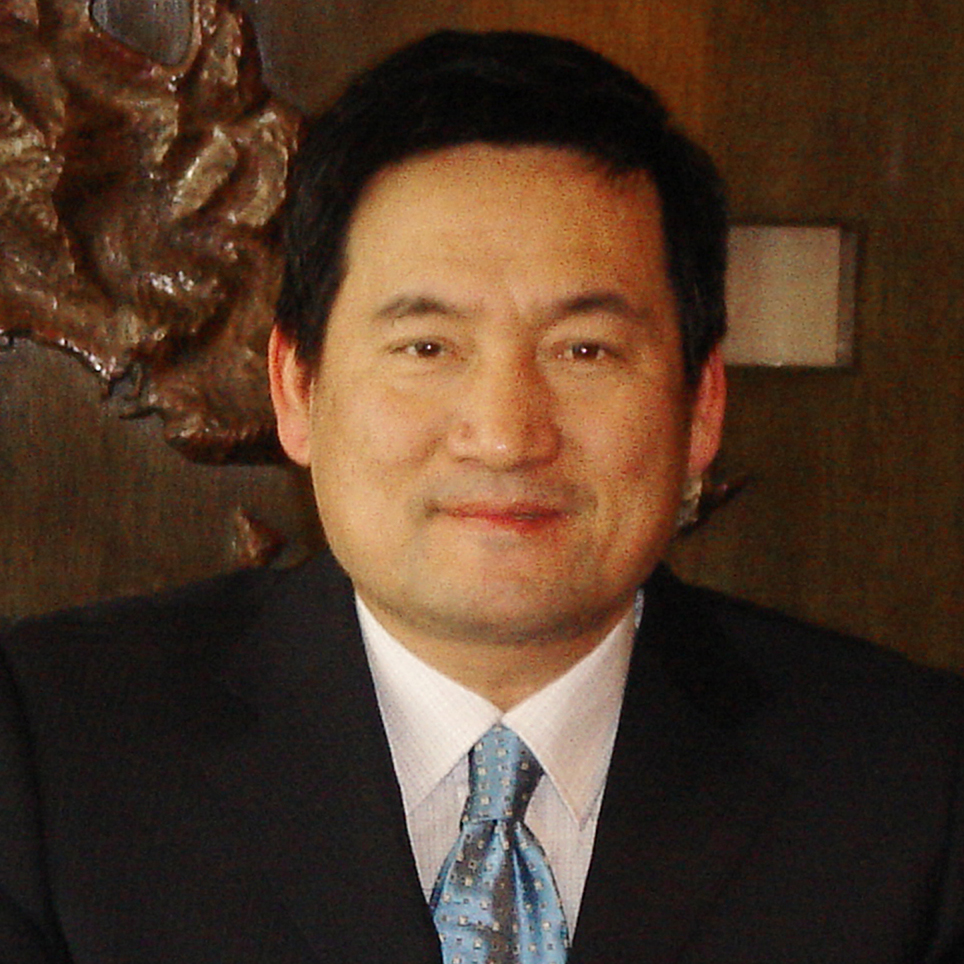





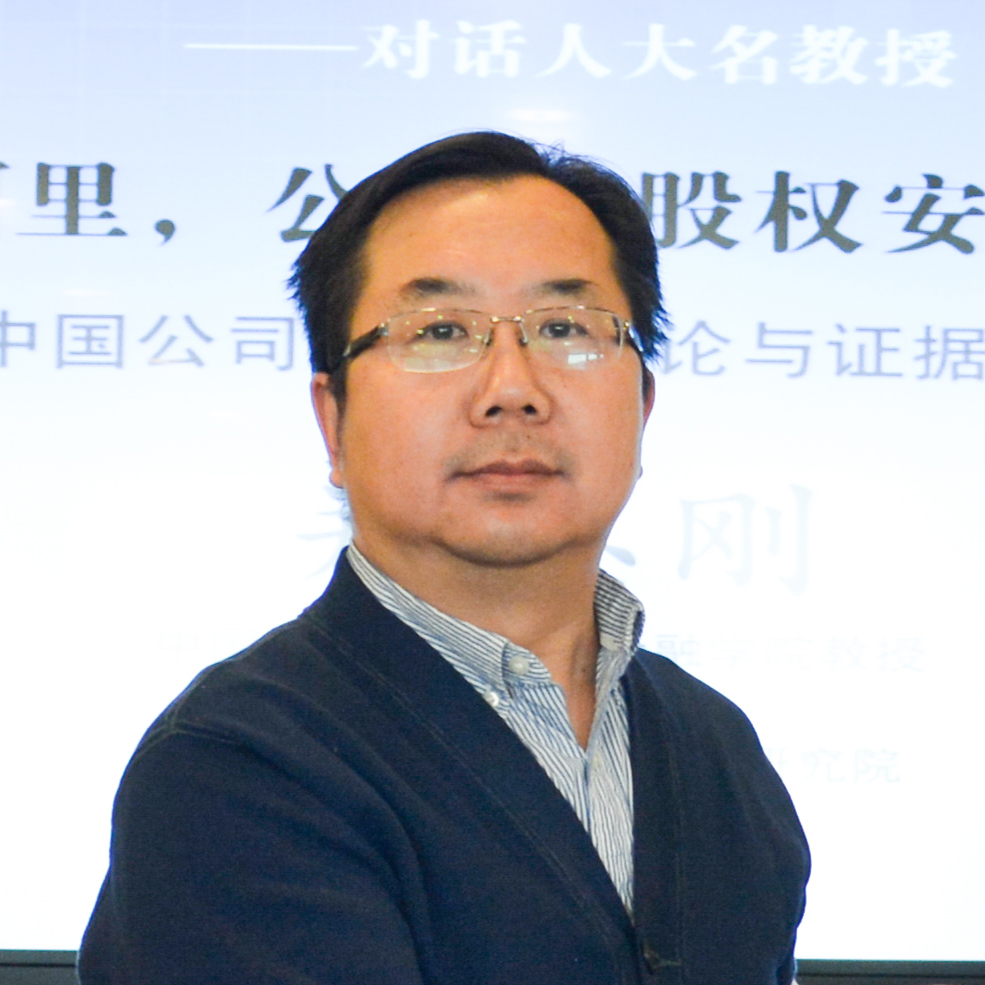


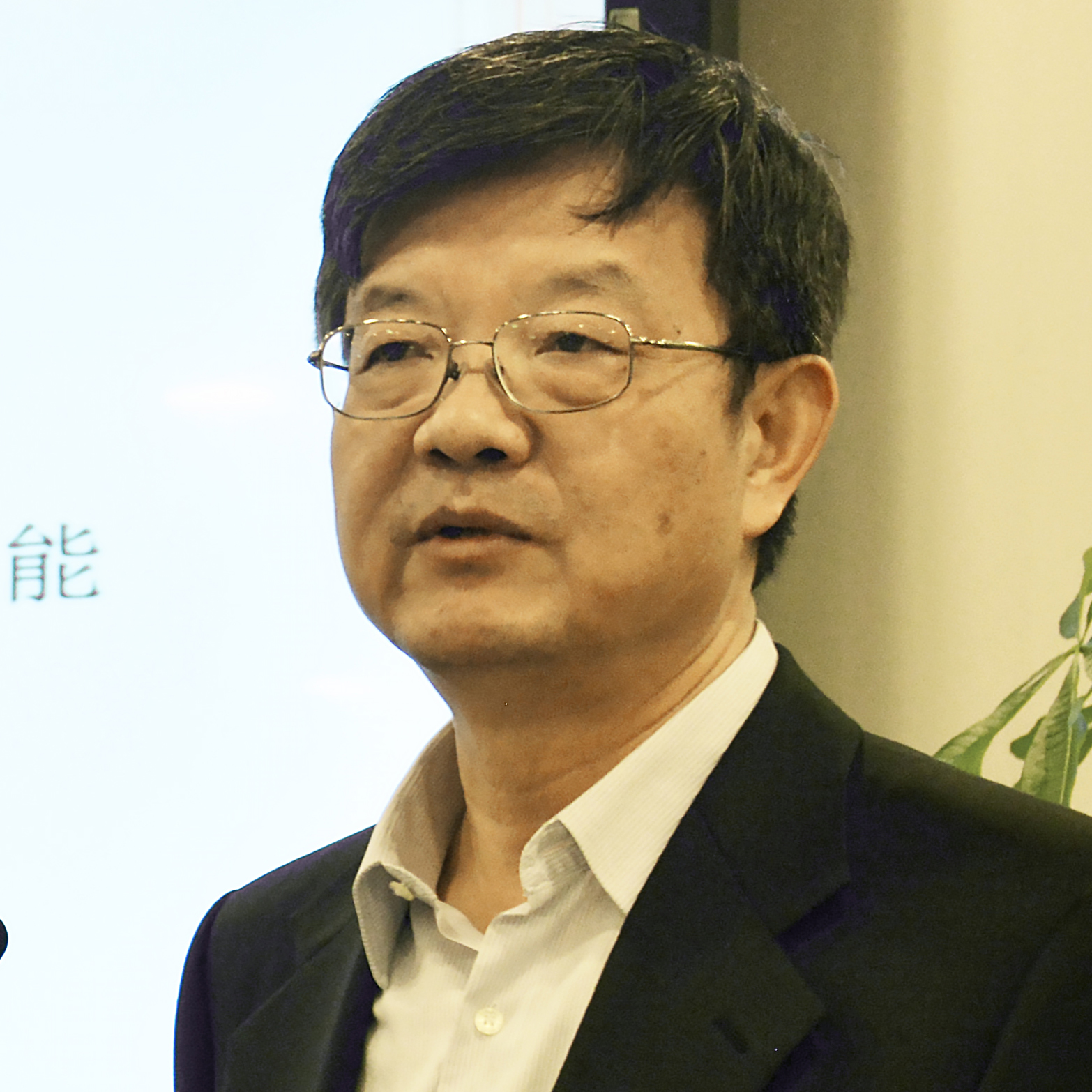
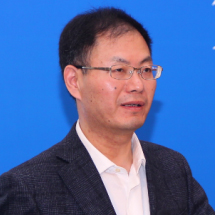

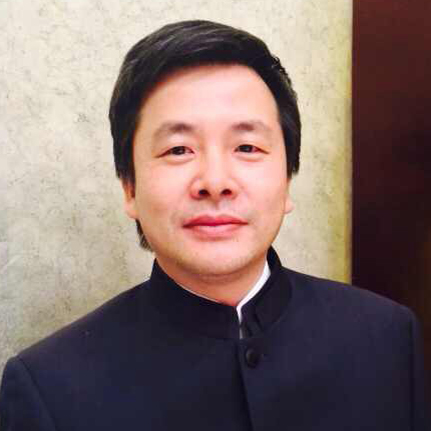
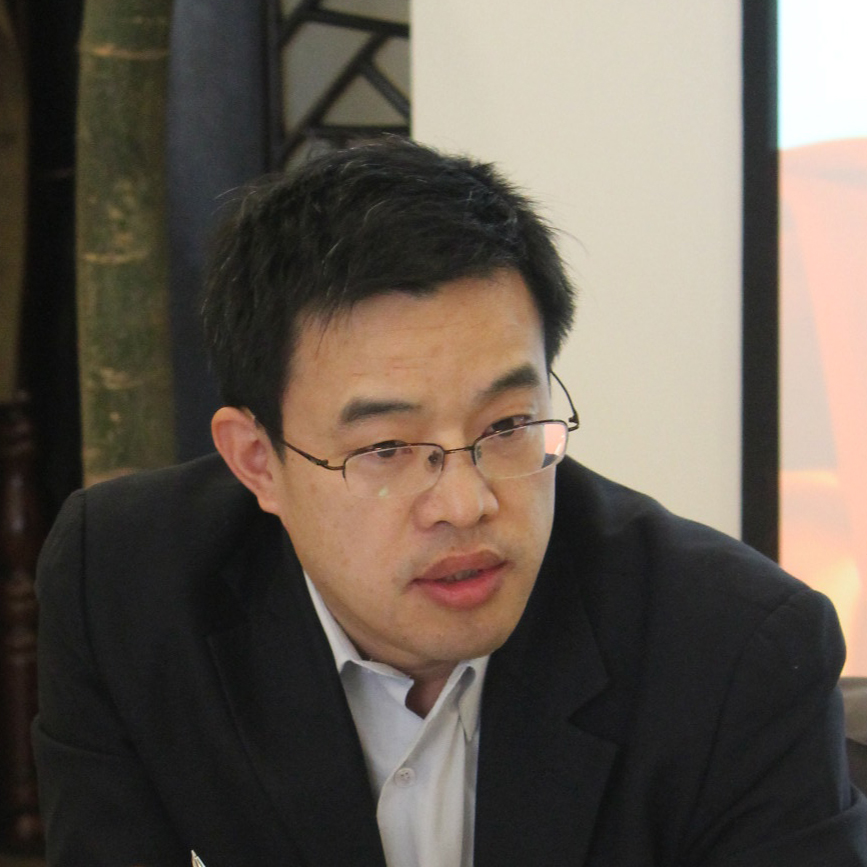
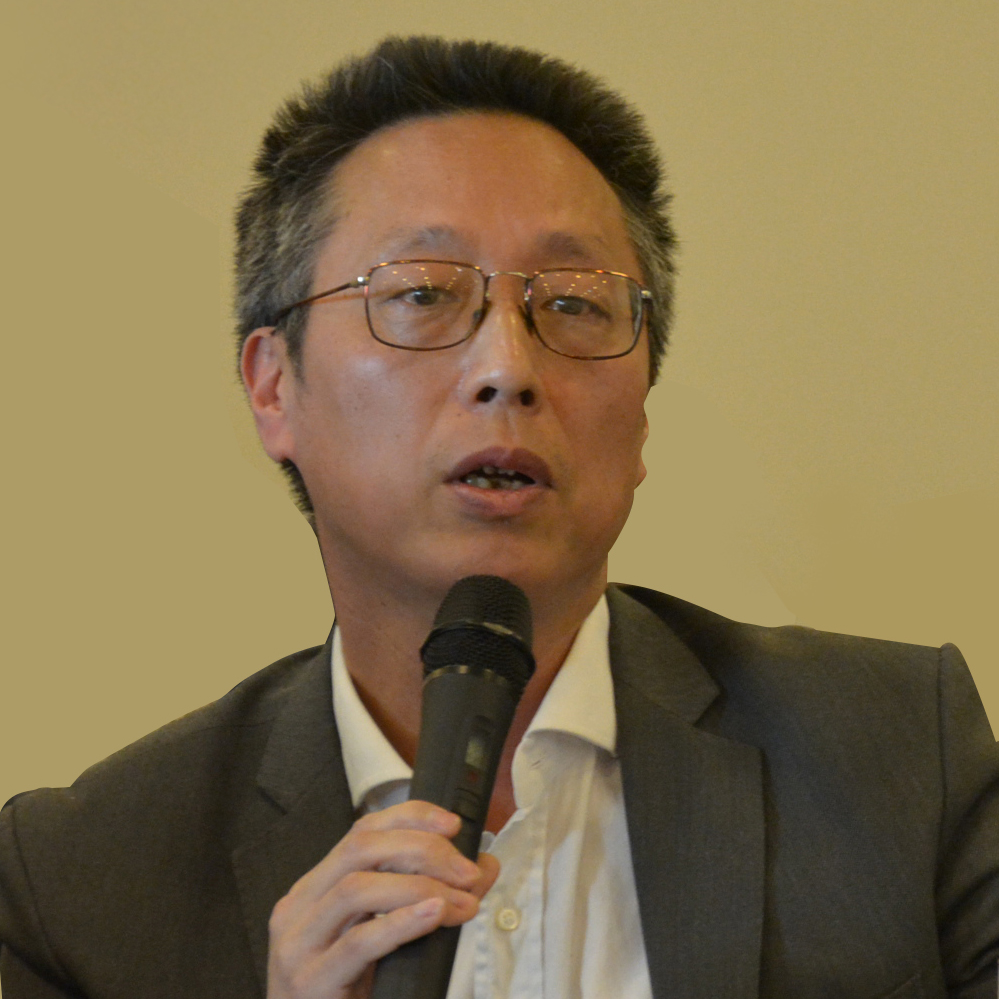
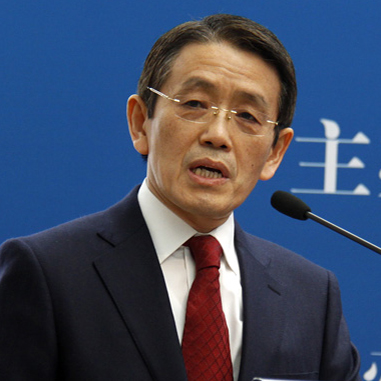

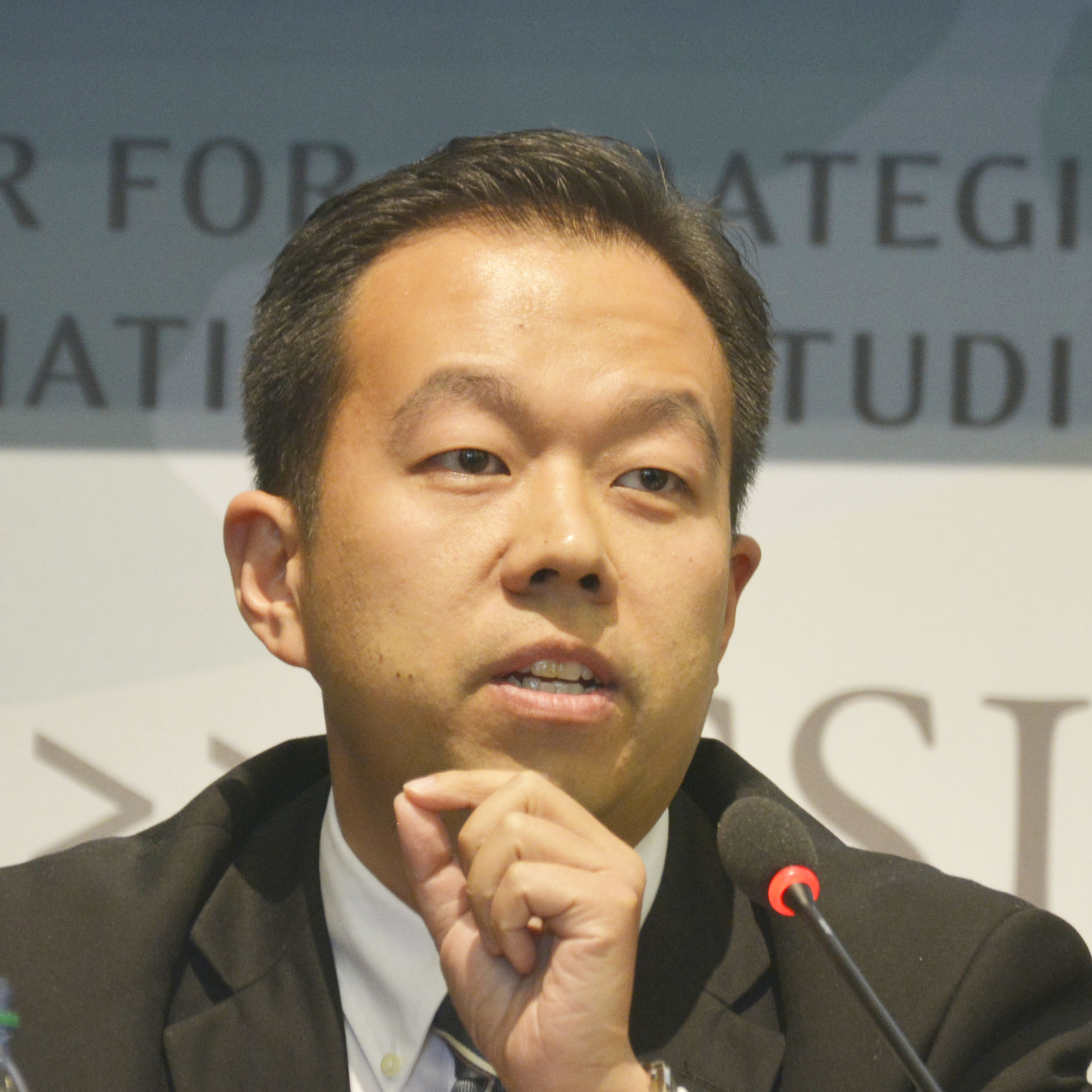

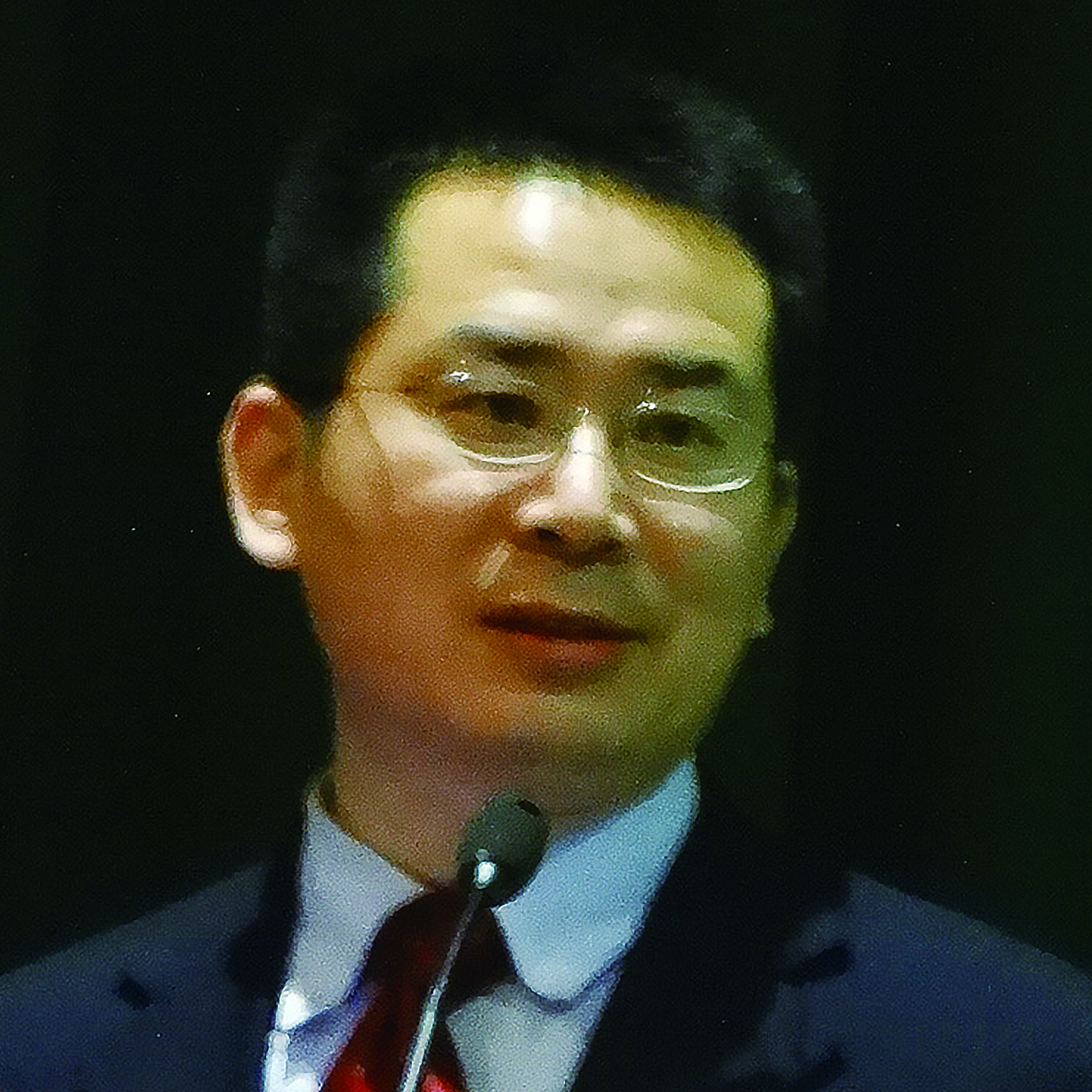



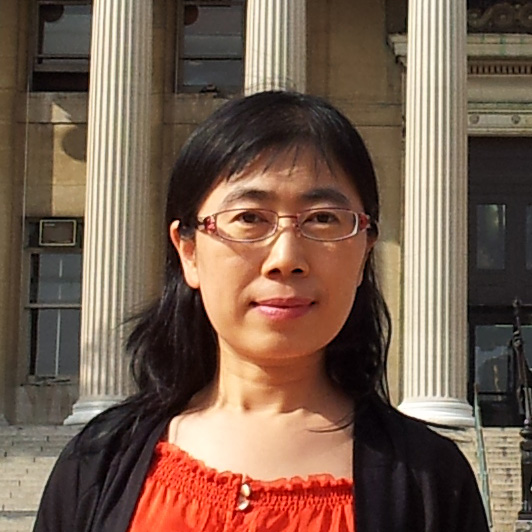
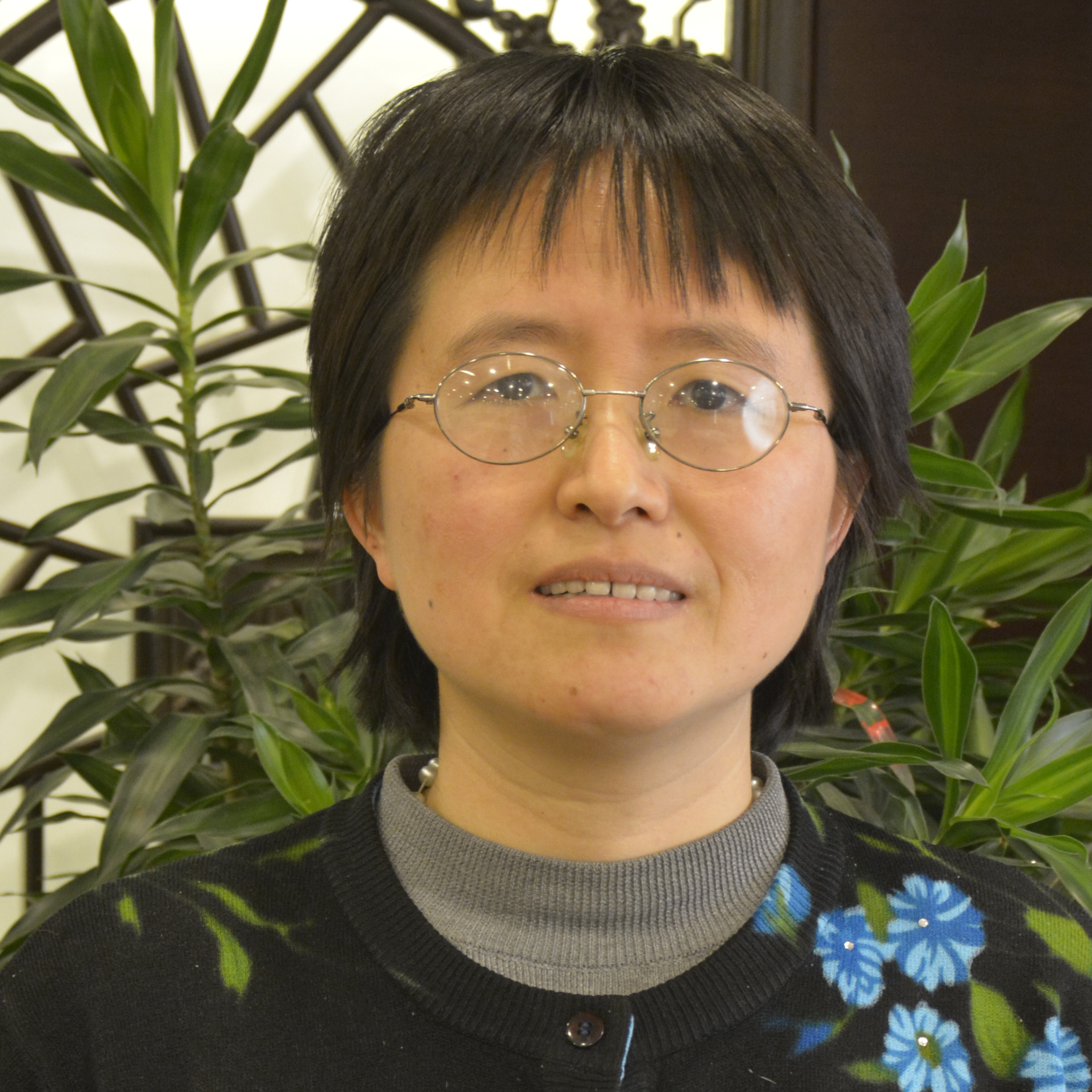



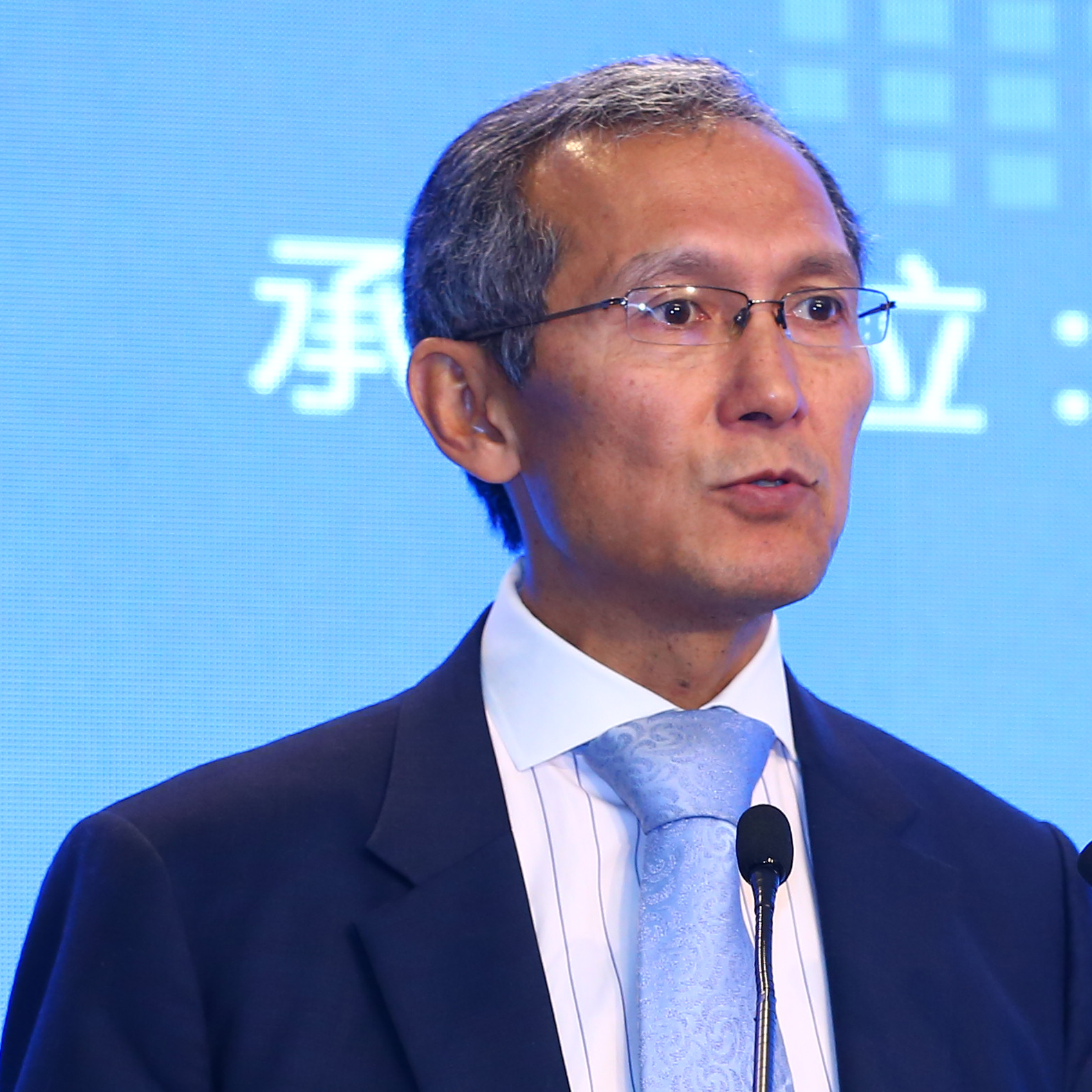






















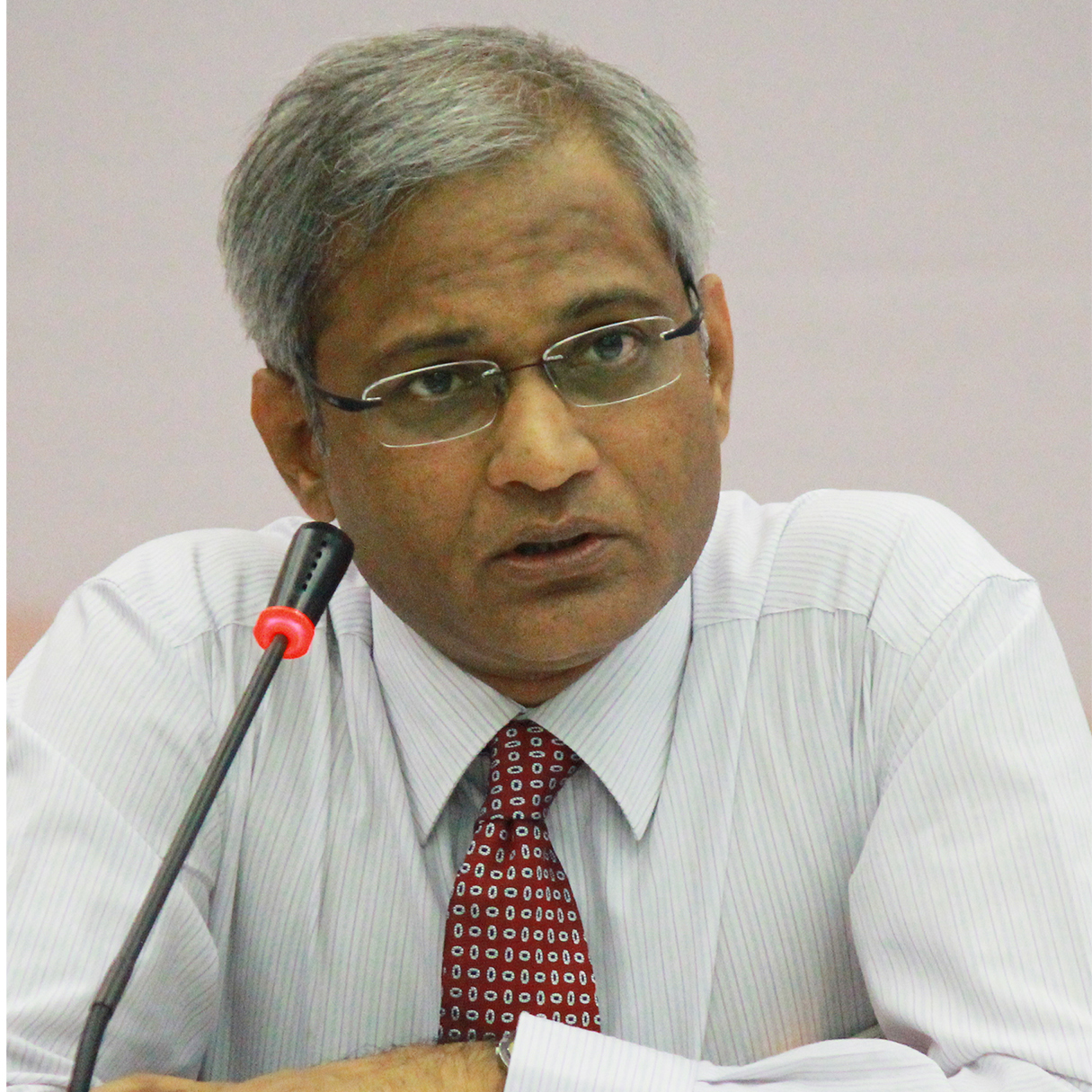
















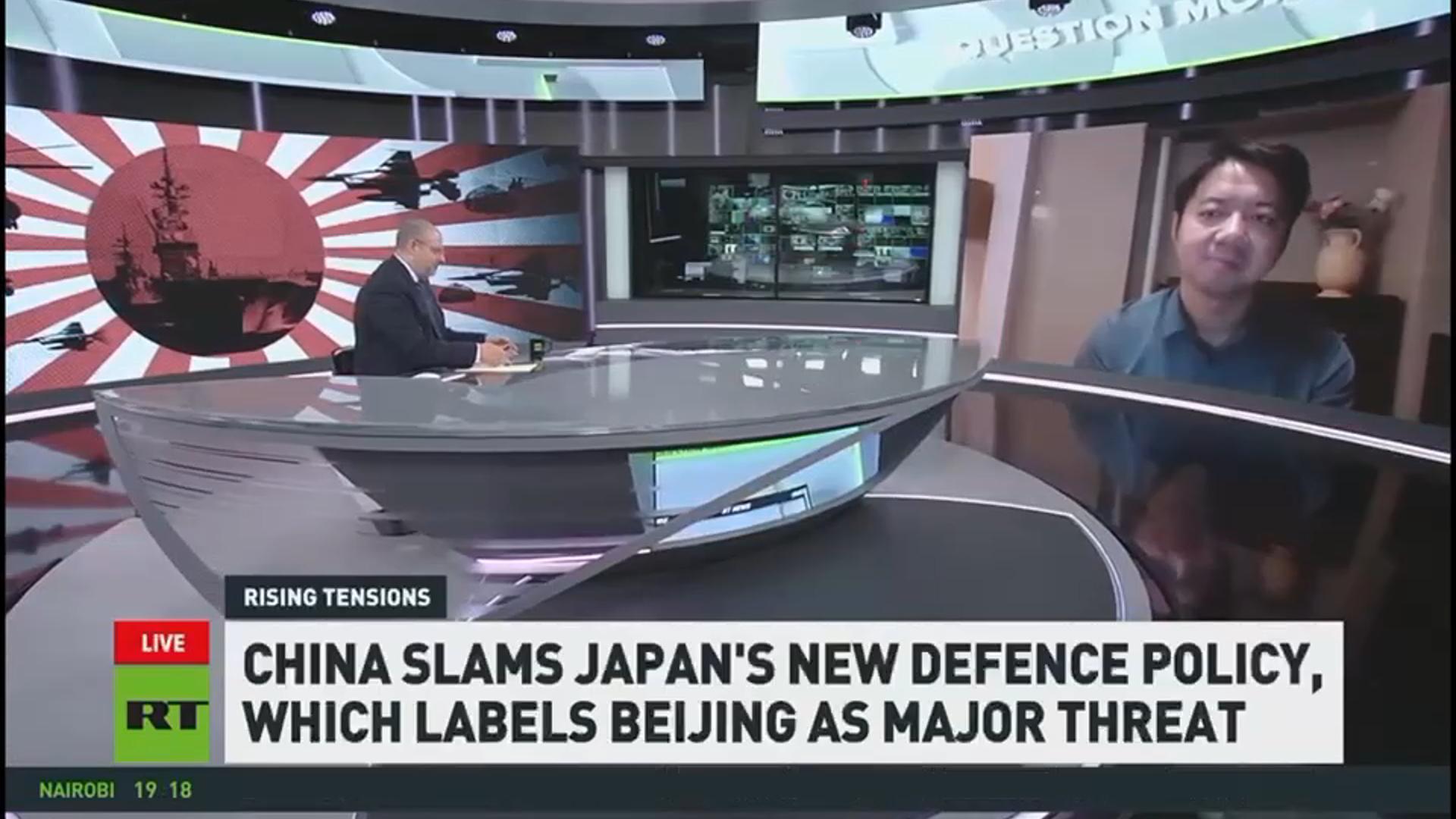
 京公网安备 11010802037854号
京公网安备 11010802037854号





